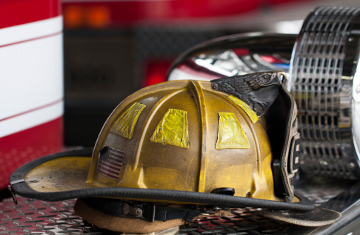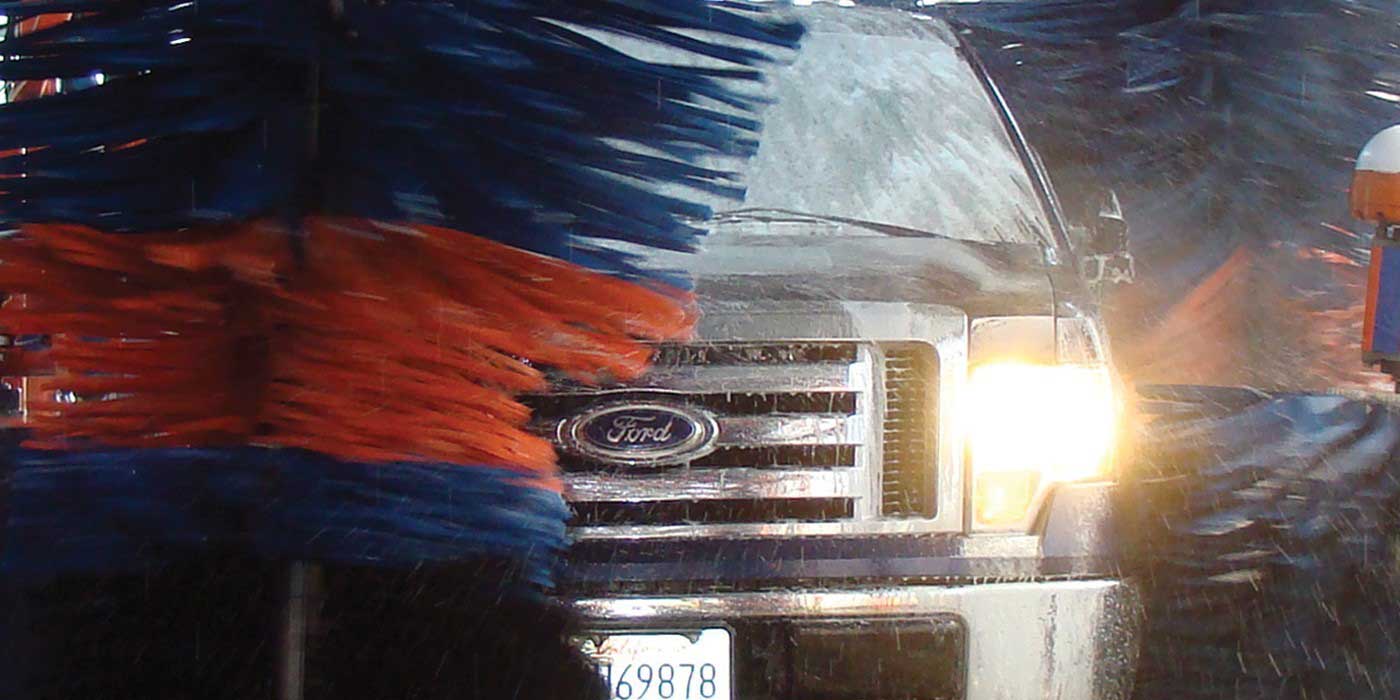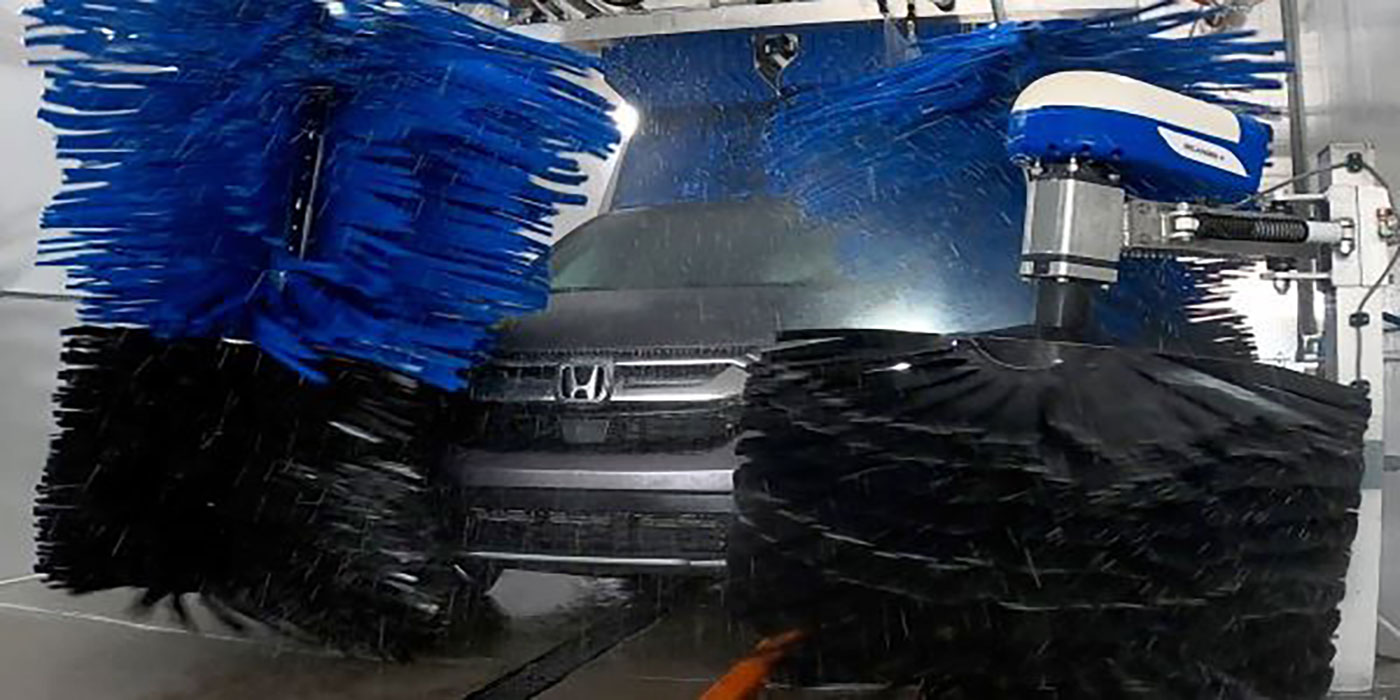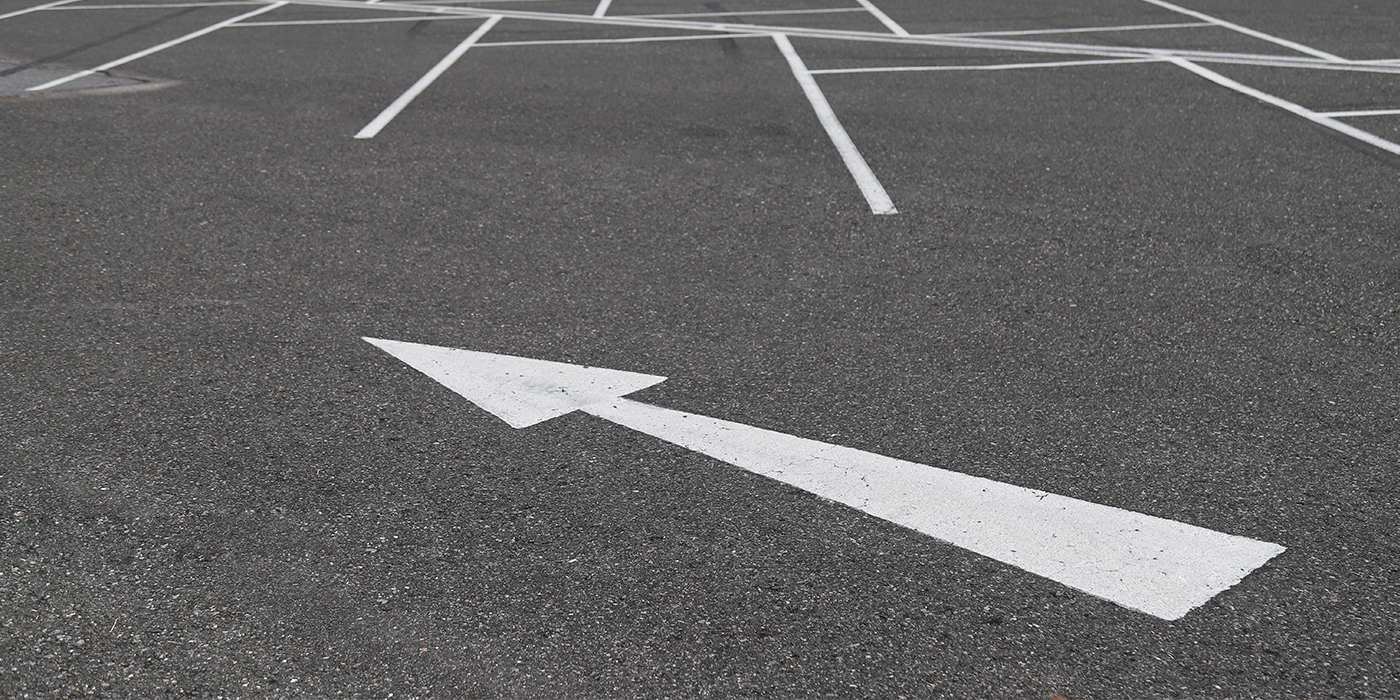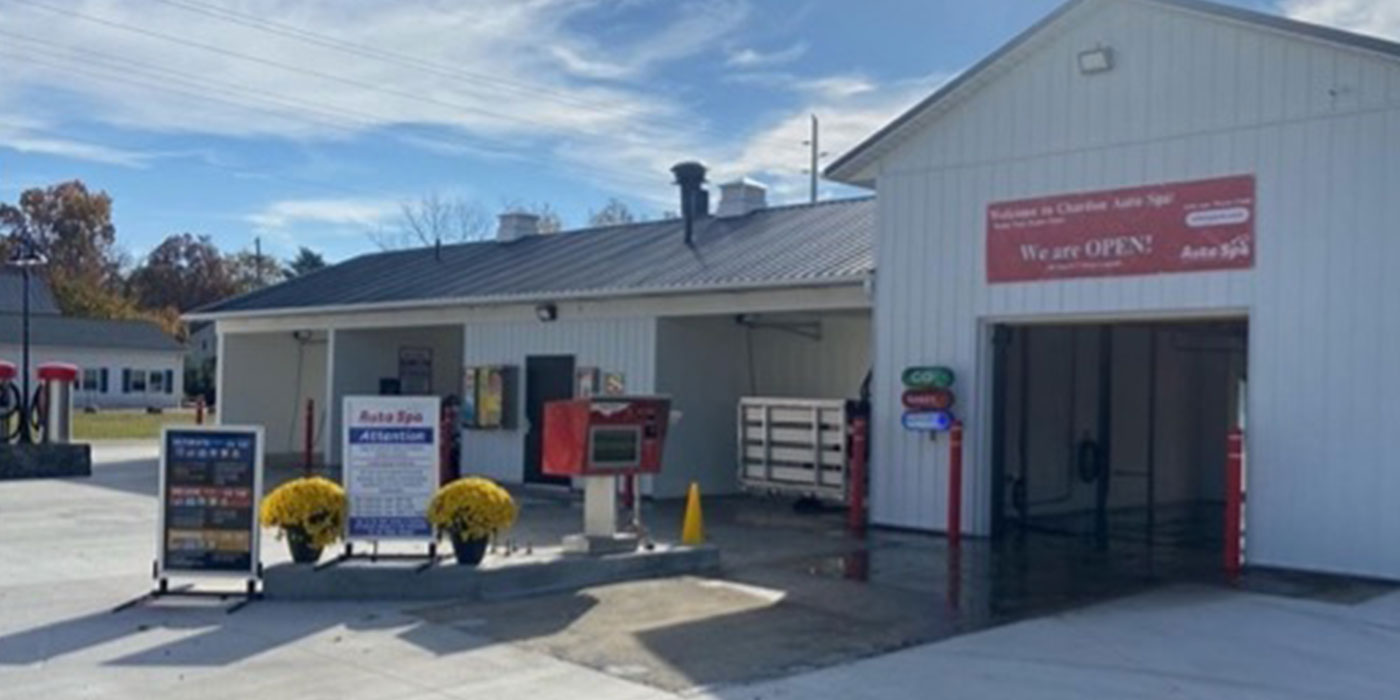A fire occurs at the wash or an employee’s foot is caught in the conveyor, is your wash ready for these potential emergencies? Just as importantly, is the fire department or the EMS department ready? These are two questions that each operator must answer before the disaster strikes.
Let’s take a look at some of the key factors that should be considered in order to establish a plan of action to fulfill this obligation.
The emergency responders can be more effective when the car wash owners establish a pro-active plan for their facility including some of the elements in the following checklist:
- All updated MSDS records should be on file with the Fire and EMS departments. This will provide them with the list of chemicals that they may be exposed to and allow them to establish a plan of action prior to an emergency.
- Car wash owners also need to be sure that updated chemical placards are visibly mounted on the outside of the doors where chemicals are stored.
- Doors should be labeled so they can be quickly and easily be identified from the outside. Not all emergencies occur while people are available to ask questions.
- All entrances and exits need to be kept free of any debris or storage.
- A building diagram would be helpful to file with the emergency responders as well.
- The owners and managers contact information should be made available to the emergency responders as well.
- Be sure to provide the utility shut off information including the main gas line if applicable.
- Notify the emergency responders of any heavy security doors or specialty locks that may impede their ability to enter the building.
- Advise where the emergency switches are and the power shut offs.
The car wash owners should also be sure to pay attention to the following regarding some of the things they can do to be proactive as well:
- Post the emergency phone numbers in a conspicuous area of the wash.
- Establish a containment program in the event of a chemical spill.
- Be sure your medical emergency kit is updated and in an accessible area of the wash.
- Eye wash stations should be working and free of debris.
- Ensure a lock out kit is in place.
- Train employees by holding a practice drill at least twice a year.
I would also encourage wash owners to call their local responders and invite them in for a tour to see where things are stored, power shut offs are located etc.
You can’t put a price on pre-planning, but taking these simple steps might be the mitigating difference in saving your property from fire or other disaster and just maybe save a life.

